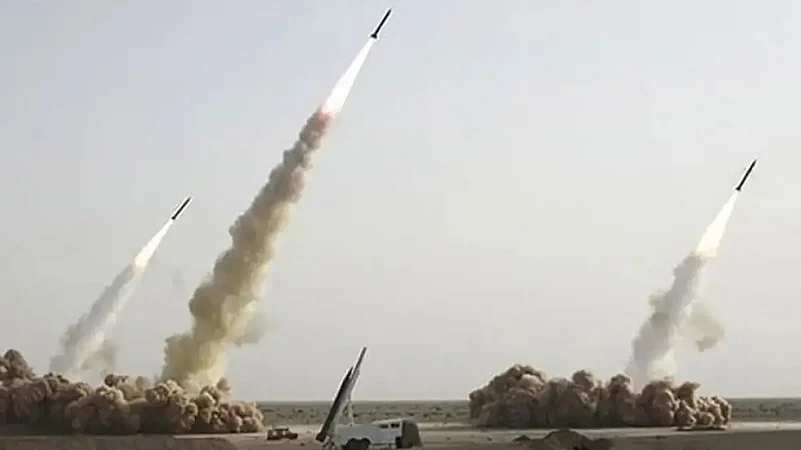India increased its nuclear weapons stockpile from 156 in January 2021 to 160 in January 2022 at a time when its China operationalised new launchers and Pakistan continued to develop new weapon delivery platforms in the Indian neighbourhood, according to the Swedish arms watchdog Stockholm International Peace Research Institute (SIPRI).
The SIPRI said while the number of warheads with China remained static at 350 between January 2021-2022, the addition of new launchers meant warheads available to use at a given time have increased.
It said, "China is in the middle of a substantial expansion of its nuclear weapon arsenal, which satellite images indicate includes the construction of over 300 new missile silos.
"Even though SIPRI's estimate of China's total inventory is the same as for January 2021, the number of stockpiled warheads potentially available for use has changed because new launchers became operational during 2021."
Of India and Pakistan, the watchdog said, "India and Pakistan appear to be expanding their nuclear arsenals, and both countries introduced and continued to develop new types of nuclear delivery system in 2021."
India does not share official data on its nuclear arsenal. The SIPRI noted the lack of data from India and Pakistan.
It said, "The availability of reliable information on the status of the nuclear arsenals and capabilities of the nuclear-armed states varies considerably. India and Pakistan make statements about some of their missile tests but provide no information about the status or size of their arsenals."
Besides India, Pakistam, and China, the other countries with nuclear weapons are the United States, Russia, the United Kingdom, France, Israel and North Korea. Israel has not acknowledged it has nuclear weapons.
Globally, the SIPRI said all of the nuclear-armed countries are increasing or upgrading their nuclear stockpiles in a reversal of the decline that was seen after the end of the Cold War. The watchdog said it's a worrying trend.
"All of the nuclear-armed states are increasing or upgrading their arsenals and most are sharpening nuclear rhetoric and the role nuclear weapons play in their military strategies. This is a very worrying trend," said Wilfred Wan, the director of SIPRI's Weapons of Mass Destruction Programme.
India has tense relationships with both Pakistan and China and has fought full-fledged wars with both the countries. The borders with both the countries are disputed and contested and the militaries of India and China are in a stand-off at Eastern Ladakh since early 2020, which has involved a number of skirmishes, including one in June 2020 in which 20 Indian personnel and an unspecified number of Chinese personnel died.
India and China have held 15 rounds of military talks so far to resolve the eastern Ladakh standoff. As a result of the talks, the two sides completed the disengagement process last year on the north and south banks of the Pangong lake and in the Gogra area.
However, each side currently has around 50-60,000 troops along the Line of Actual Control (LAC) in the sensitive sector.
(With PTI, AP inputs)
















